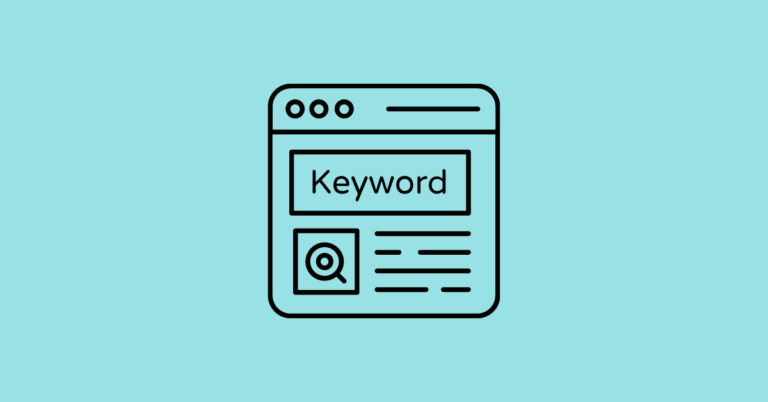Getting the most out of your Google ads? Making sure they’re seen by the right people is key. That’s where ad impression shares step into the spotlight, and they’re crucial for marketers to track.
Think about this: if your ads aren’t getting impressions, it means Google isn’t showcasing them to your potential audience. That’s a missed opportunity! So, as marketers, we’ve got to dig in and figure out why that’s happening.
Before we dive in, let’s clarify what “impression share” really means.
In simple terms, impression share is how often your ad shows up compared to how often it could. This is based on factors like your ad settings, whether your ad gets approved, your bid amount, and your ad’s quality score.
Here’s a quick example to make it clearer:
Suppose your Google ad has an impression share of 40%. That means Google isn’t displaying your ads to 60% of your potential audience. Yep, that’s a whole bunch of folks who might be seeing ads from your rivals instead.
Understanding the Different Types of Impression Share in Google Ads
1. Search Impression Share- This refers to the impressions your ad gets on the search network.
2. Display Impression Share- Here, we’re talking about impressions on the display network.
3. Search Lost Impression Share (Budget)- Ever missed out on impressions in the search network because your budget ran out? This metric tells you how often that happens.
4. Display Lost Impression Share (Budget)- Similarly, this shows how often you miss out on display network impressions due to budget constraints.
5. Search Lost Impression Share (Rank)- If your ad rank on the search network isn’t up to par, you’ll lose some impressions. This metric gives you the percentage.
6. Display Lost Impression Share (Rank)- Same as above, but for the display network.
7. Search Exact Match Impression Share- This one’s interesting! It’s all about how often your ad shows up in the search network when someone types in a query that matches your keyword exactly.
Impression share isn’t just some random number. It’s super important for marketers because it clues you in on why certain keywords might not be hitting the mark.
Imagine your ad doesn’t show up on Google’s first page because your keyword bid is too low. You’d want to know, right? Raising your bids could put your ads in a better position, leading to more impressions, clicks, and – fingers crossed – conversions.
But here’s something tricky: sometimes, you’ll see your ad sitting pretty at a top spot, yet the impression share is low. This means even though your ad’s in a prime position, it’s not getting the eyeballs it deserves.
Lastly, Google has a rule: once your daily budget’s used up, no more ad displays for the day. It’s like running out of gas on a road trip. So, even if your ad’s doing great in the morning, if you hit your budget limit by lunch, it’s game over. That’s why it’s smart to keep an eye on your budget and adjust when needed to keep those ads visible.
How to Boost Your Google Ads Impression Share
1. Elevate Your Budget
Your daily ad budget is a major player in impression share. To ramp it up, consider allocating more to this budget. This ensures your ads stay visible all day, dodging potential drops in impression share. But if you’re on a tight leash budget-wise and can’t increase it, a wise move is to shuffle funds from campaigns that aren’t top priority.
2. Hone Your Ad Quality Score
A quality score above seven is stellar; four or five is middling; and anything below three calls for urgent tweaks. A higher quality score translates to a boosted impression share. This score breaks down into:
a. Ad Relevancy:Does your ad text align with user intent and the keyword you’re gunning for?
b. Expected CTR: Google’s forecast of how often your ad might be clicked based on past metrics.
c. Landing Page Experience: Your landing page content should mirror the ad text, with matching context. Features like speedy loading times and mobile optimization matter too, as Google values user experience.
Ensure your ad copy and landing page sync with the keywords and resonate with what users are searching for.
3. Zero in on Relevant Keywords
Your ads should hit the mark to attract the right audience. Although broad match type keywords might burn cash on irrelevant clicks, they can outpace phrase and exact match in impressions. So, blending match types can offer robust impressions and unearth fresh search terms.
4. Employ Negative Keywords
Negative keywords instruct Google to sidestep showing your ads for certain searches. They keep your ads shielded from irrelevant clicks, helping Google pinpoint your target better. This refines your ad quality score and, in turn, your impression share. Keep refining this negative keyword list as you progress.
5. Amplify Your Keyword Bid
Different from your overall campaign budget, a keyword bid denotes what you’d pay per click for specific keywords. Google Ads runs on an auction model; advertisers jostle for keyword supremacy. Boosting your bid can tip the scales in your favor, lifting impressions, clicks, and conversions. Focus on top-performing and crucial keywords, upping their bids to lead the charge.
6. Refine Audience Targeting
Google Ads equips you with myriad targeting options, from demographics to location. But a shotgun approach can dilute impressions and ad quality. Conversely, excessive filtering might constrict impressions. It’s a balancing act. Geo-targeting can zero in on specific regions, while interest-based targeting aligns with audience preferences. But tread carefully with age and gender filters; they might narrow your reach.
7. Tinker with Ad Extensions
Keep a close eye on your ad extensions. Evaluate if they’re boosting impression share or if they need a shuffle.
Wrapping Up
Impression share is a spotlight on those keywords that need a bit more love. From upping bids and budgets to enhancing your ad’s overall quality or pinpointing new keywords and negatives using search terms – you’re far from short on strategies. Before you even think of pausing a keyword, remember: there’s always room for refinement.




